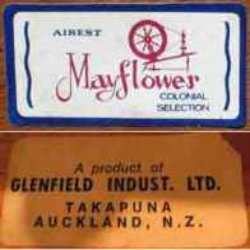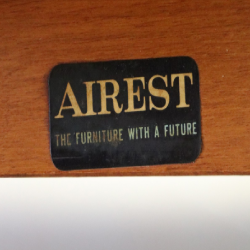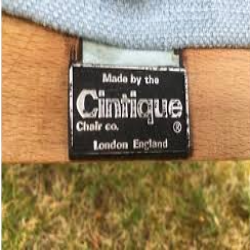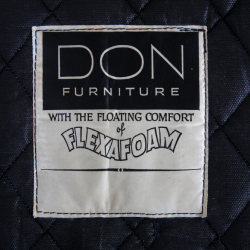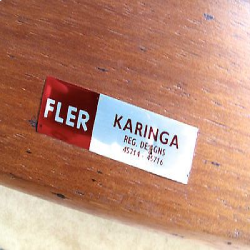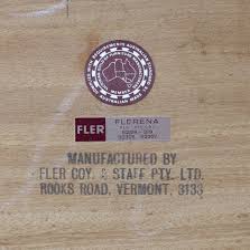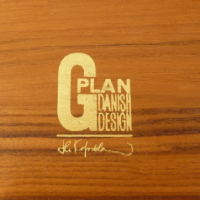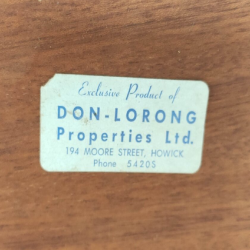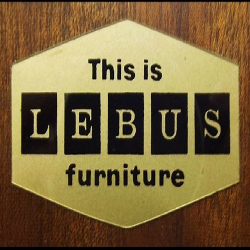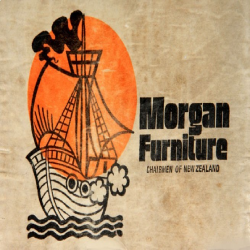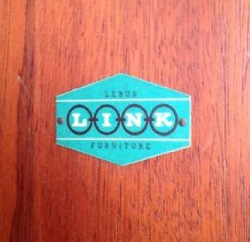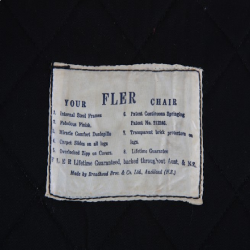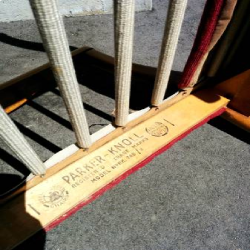With new technology in furniture construction. reproduction furniture is on the rise & popping up in unexpected places.
So – what ways can you distinguish if you’re looking at an original piece or a reproduction knocked up five years ago?
Five key points to look for:
- Materials –
Original items will normally be made with high quality materials.
Hardwoods – Mid Century designers were large users of Teak, Walnut, Mahogany, & Rosewood. Although often reproductions use these same wood types they are normally sourced from completely different regions of the globe. Check the grain, if it looks ‘open’ or spread it may be older than one with close even grains – this indicates a softer wood or it was grown in a warmer climate.


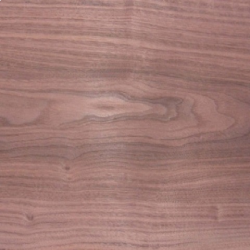
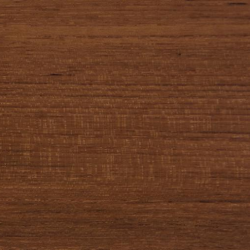
Check the wood used in concealed areas – tip that sofa upside down – do you see MDF or plywood used in the construction. If you do, it very possibly is a reproduction.
Veneer vs Laminates – Mid Century designers did not scoff at veneer, in actual fact veneer over man made wooden composites made many mid century designs possible in that large surface areas of solid hardwood would split and warp over time. Veneers are a thin slice of real wood glued to a composite such as chipboard or a more stable solid wood. Laminates are a thin strip of often plastic or vinyl that resembles wood. Look for areas of damage or where the laminate has started to peel and become delaminated, it will be easy to tell if it’s a ‘chip’ in wood veneer or a ‘peeling’ plastic cover. If it’s laminate – it’s most likely not an original piece.


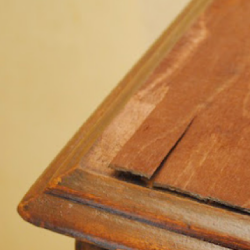

MDF – we all know MDF, it’s that stuff that looks like paper pulp soaked in glue, the stuff that expands to several times it’s original size when wet. MDF was invented in the 1960s in the USA, however it wasn’t widely used in furniture till the 1980s. MDF is not a long lasting material and is even considered to be dangerous in some environments – one being your home. Unfortunately many furniture manufacturers went crazy for MDF from the 1980s. But this is a material to avoid & a sure giveaway that the item is recent, or reproduction – not a good one at that.
- Design –
Mid Century design was all over the shop, but it focused on function and was not overly embellished or complicated. Look for smooth flowing lines, and features that serve a purpose rather that just for feature sake.
- Fixings –
This one is a quick telltale sign. If you find phillips or pozidrive (the cross type) screws it indicates the item is most likely not too old or the screws have been replaced by someone not concerned with keeping the original flavour of the item. Phillips screws were invented in the 1930s but primarily used in the automotive industry, they were sometimes used in furniture but mostly you’ll find the traditional slotted type screw in genuine mid century items.
Corrosion of metal fittings – ask yourself why would mild steel be shiny if it had been in New Zealand conditions for 50-60 years? It most likely wouldn’t be.
Hinges – steel or brass hinges are common in mid century furniture. Both are still used today. However check the thickness of the steel – if it looks as though you could bend it in your hand, it isn’t old. Piano hinges (a brass hinge that is the entire length of the hinged piece) can be an indication that an item is of better quality than two or more hinges spaced along the length.
If you see hex screws or those long bolts that form a joint – it was made more recently & most likely it isn’t original.
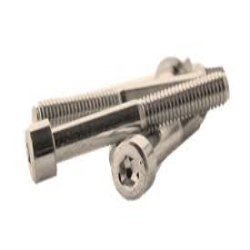
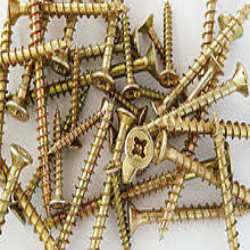

- Construction –
Look for dovetail joints in drawers etc – this is an indication of quality construction and not seen in many items today. If the dovetails are not uniform that tells us they were not machine made, however most mid century items were made in the time of machined joinery.
Joints – Mid century designers made items to last, it was an expectation of the time. Often you’ll see triangle brace wooden pieces in right angle joints etc. Joints that rely solely on glue or bolts would indicate either low quality or more recent construction.
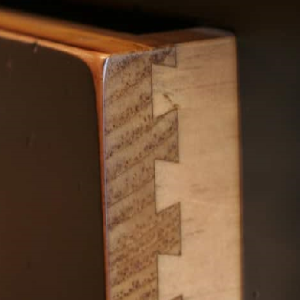
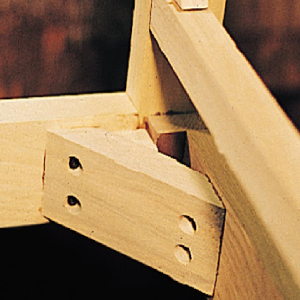
- Labels –
Not always was furniture labelled and some owners removed them without thinking. They can also be removed by unsympathetic upholsterers, so don’t be convinced just cause you can’t find a label. But if you can that’s a real help in identifying genuine from reproduction.
Common Mid Century Furniture labels found in New Zealand:
